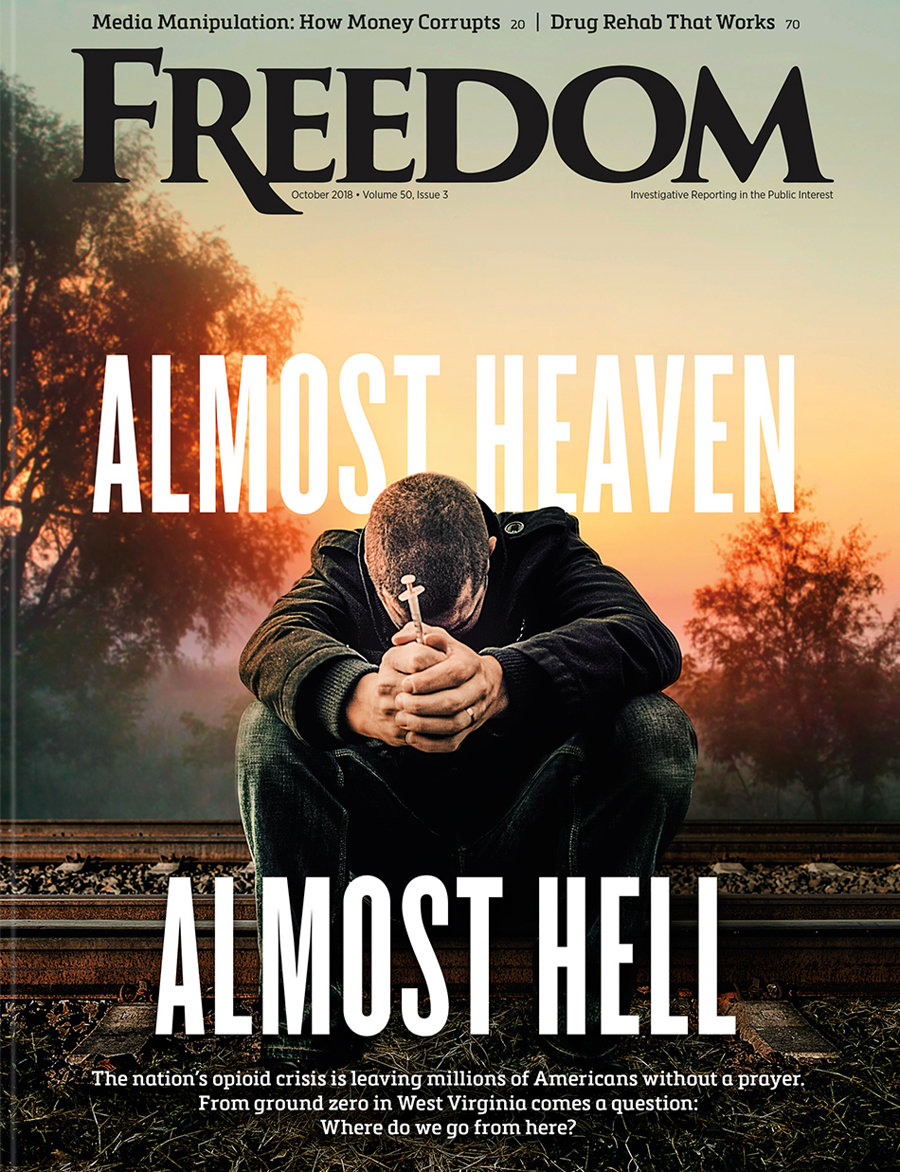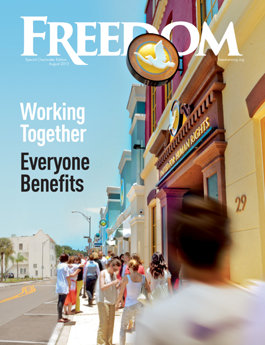The inquest into his subsequent death found acute pyelonephritis—a kidney infection—and sepsis were “probably contributed to by the complications of chronic ketamine use.” The coroner concluded that Boland’s switch from cocaine to “safer” ketamine was, in the end, a deadly one.
Boland’s is no isolated tragedy, but part of a striking trend: an upsurge in fatalities in Britain involving illicit ketamine. According to a new study by King’s College London, deaths with ketamine as the sole cause increased twentyfold across England, Wales and Northern Ireland between 2014 and 2023. Polydrug deaths involving the drug reached 696 between 1999 and 2024, and are projected to hit 197 in 2024 alone—over 13 times the figure a decade prior.
At roughly £15–£30 a gram, ketamine costs a fraction of cocaine’s £80.
Once viewed as a relatively benign “club drug,” ketamine also now accounts for a widening share of Britain’s polydrug deaths, with the substance often taken in combination with opioids, stimulants or alcohol.

“We are seeing more ketamine-related deaths, but these deaths rarely involve ketamine alone,” said Caroline Copeland, the study’s lead author.
Her team’s findings chart a rapid transformation—from weekend experimentation to entrenched dependence, involving a mix of substances including ketamine—unfolding far faster than policy can adapt.
Several intersecting factors shape Britain’s ketamine crisis:
1. Rising availability and affordability
An estimated 299,000 people aged 16–59 reported using ketamine in 2024, with wastewater data showing an 85 percent increase in consumption from 2023 to 2024.
Price is a decisive factor: At roughly £15–£30 a gram, ketamine costs a fraction of cocaine’s £80, widening its reach during the cost-of-living crisis. But researchers warn that ketamine’s reputation as a “cheap safe high” masks its long-term health risks.
2. From nightlife to dependency
Deaths increasingly stem not from party excess but from solitary use: Coroners describe users taking the drug daily to blunt anxiety, pain or withdrawal. Post-mortem data reveals an average of six co-administered substances per case—up from three in the 2000s—most often stimulants (45.5 percent), opioids (38.9 percent), benzodiazepines (31.6 percent) and alcohol (28.5 percent).
What was once an episodic club habit has become a pattern of self-drugging that overlaps with other addictions.
3. Escalating harm
Chronic use is inflicting severe organ damage. Ketamine-induced cystitis—a form of bladder inflammation—can progress to infection, sepsis, and even surgical bladder removal and kidney damage. Boland’s inquest highlighted a similar chain of injury, linking long-term urological damage directly to fatal infection. Clinicians report rising numbers of young adults requiring urological reconstruction after sustained use.
4. Deprivation and demographic change
Men account for 85 percent of recent deaths, but the socioeconomic profile is shifting. Forty-two percent of victims were unemployed, and the share living in the most deprived communities rose from 26 to 34 percent over the past decade. The trend signals a move into marginalized settings where poverty, instability and limited resources compound risk.
5. Polydrug realities outpacing policy
Because most fatalities involve multiple substances, traditional “single-drug” responses—such as drug reclassification—miss the larger problem. As Copeland notes, enforcement alone cannot address social vulnerability or the pharmacological interplay of drugs.
Once a party escape, ketamine has become an increasingly fatal trap.
Whether Britain treats it as just another criminal classification issue—or finally tackles the root causes with prevention at its core—will determine the death toll of the next decade.
As the coroner in Boland’s case warned, the illusion that ketamine was “safer” may have cost him his life.






















